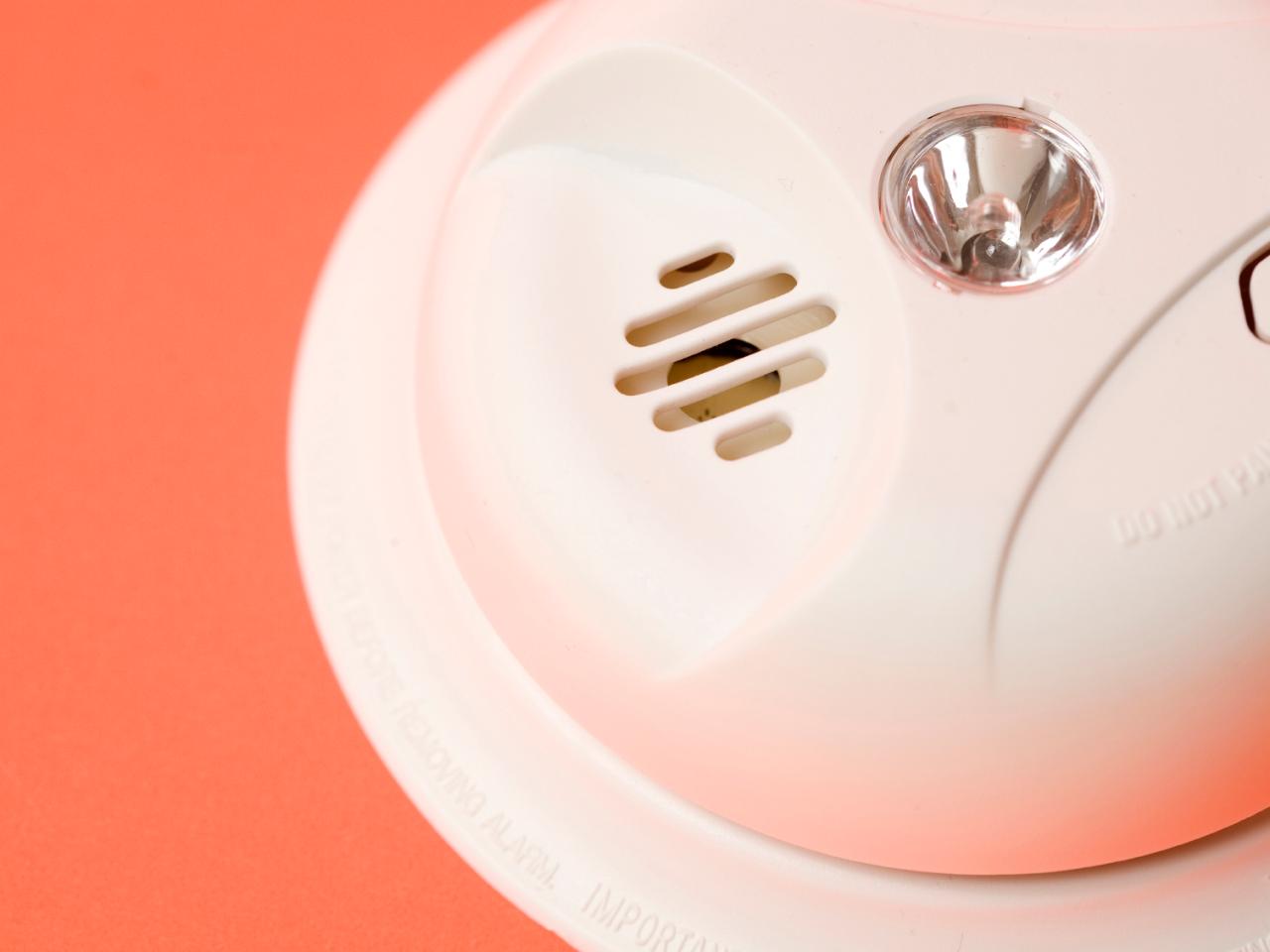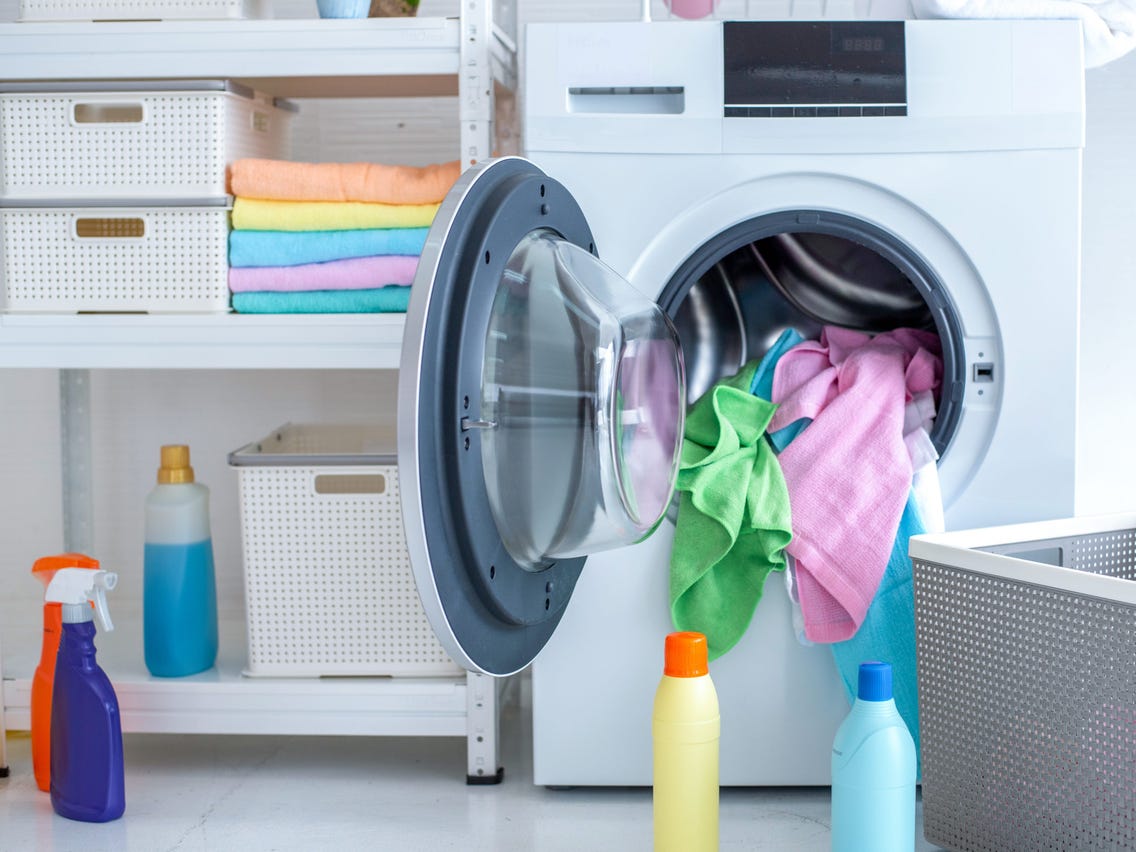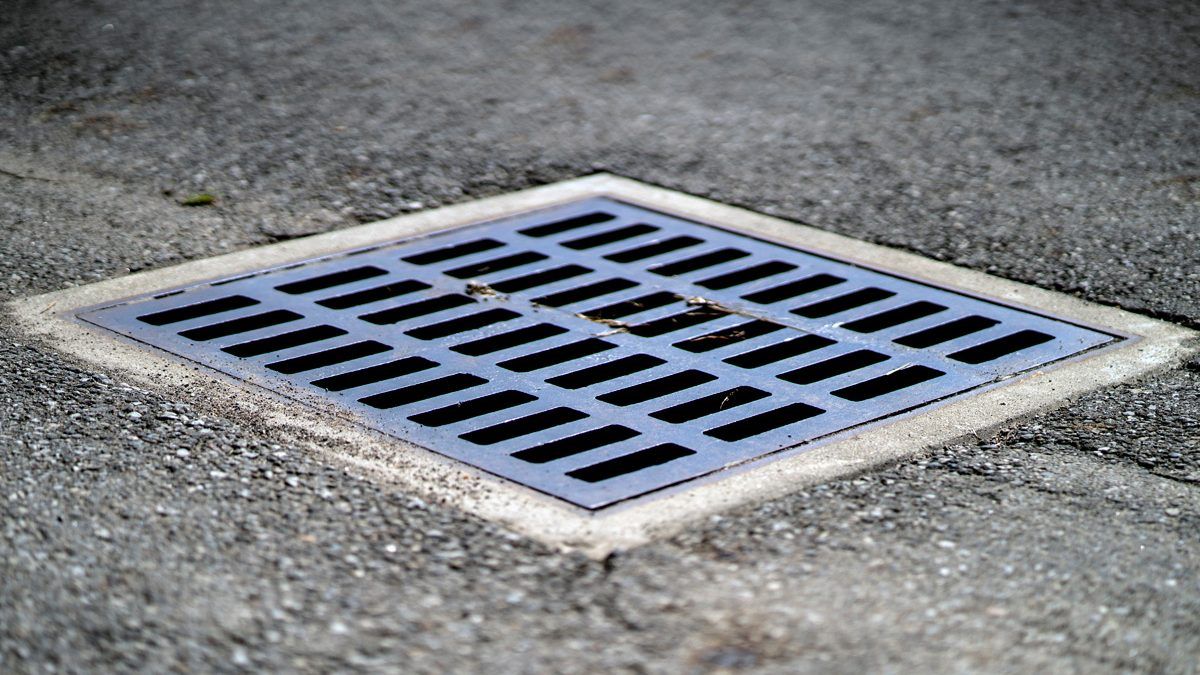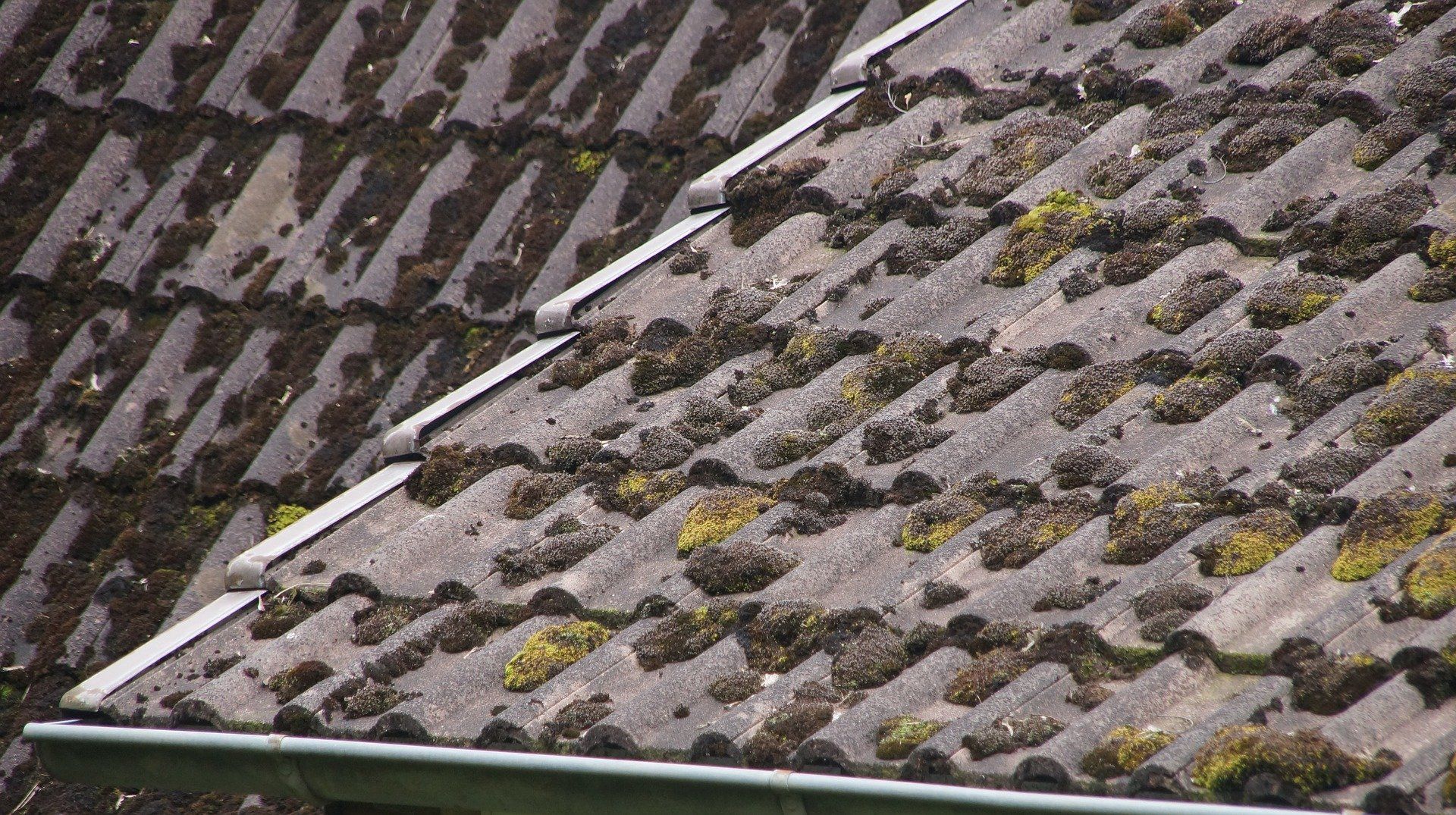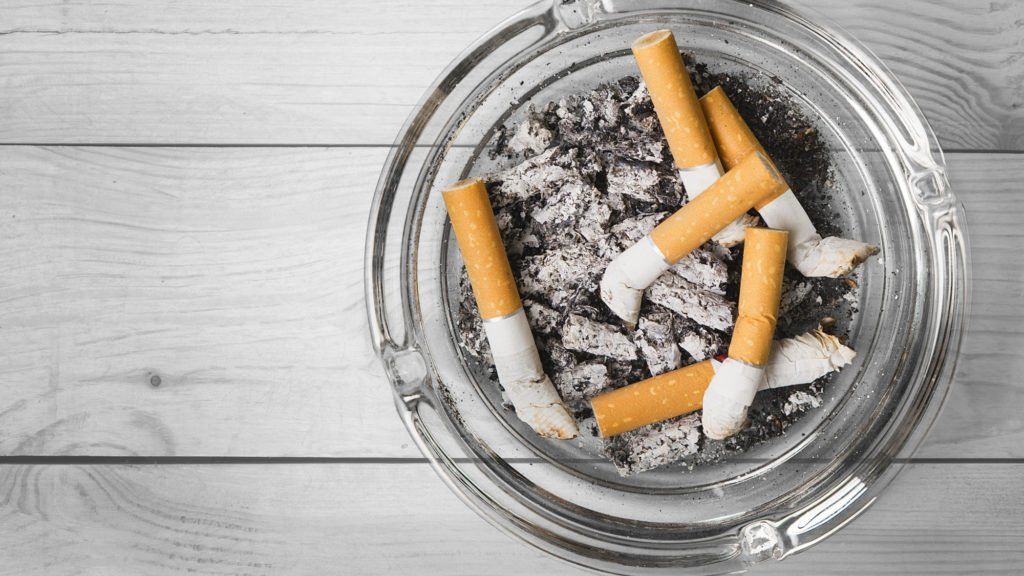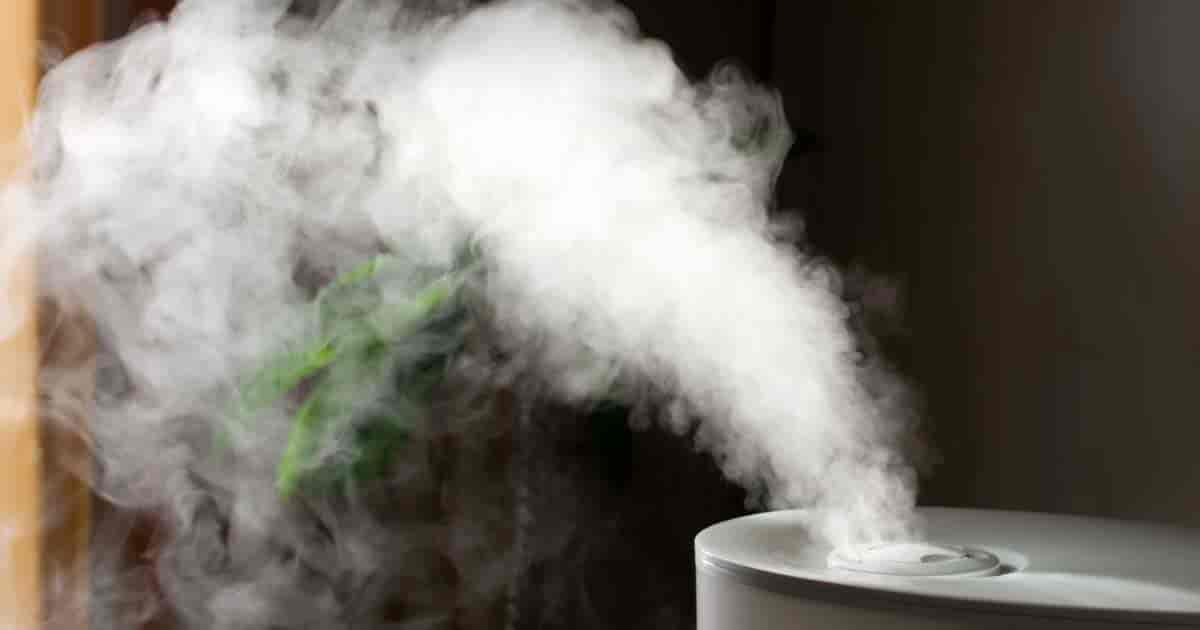Why Your Healthcare Facility Needs on Schedule Bloodborne Pathogen Cleanup Service
poppy johnson • September 5, 2020
Cleaning up pathogens and contaminants in Lake Havasu are the first step to staying safe during a pandemic.

Public offices, medical building offices, schools, law offices, nursing homes, grocery stores, apartment complexes and restaurants are all open to the public
once again in varying stages in our country, after the sweep of the pandemic in many areas. Following the new rules, protocols, practices, with new federal, state and local requirements, it is imperative that these public environments be cleaned with a deep cleaning to help prevent the spread of COVID-19, SARS or any other virus or readily communicable disease to other members of the public and the community.
In the event that your organizational, healthcare or commercial property requires a bloodborne pathogen cleanup, you will want a team who understands the IICRC rules regarding this type of specialized cleanup service. This is important because it is known that human blood wastes can pass on communicable diseases to anyone who is exposed to them. In these cases, diseases are spread from one person to another through direct or indirect contact with the blood an another individual. Healthcare facilities, and other environments that work closely with human blood products are most at risk, but this warning can also include any facility that has been frequented by the public within the last few months.
Likewise, pathogens are potential infections that cause diseases, and can be or come in the form of a bacteria, parasite or virus. The chain of infection usually starts with a blood product, that goes to a person, a transfer of the pathogen occurs, and the exposed individual can now pass that virus to other people too. Direct contact is when an infected individual passes bodily fluid or infected blood to another person, whereas indirect contact passes when touching agent infected with the blood or bodily fluid with a communicable disease or virus.
The OSHA, ANSI and IICRC 5540 Standard reviews the criteria and materials to be used by highly qualified technicians for cleaning up of trauma and crime scenes. The procedures detail the factors involved in this standard regarding:
• Equipment and technology used to hold up all standards
• Containment and disposal of all human wastes properly
• Remediation of bloodborne pathogens
• Principles of trauma and crime scene cleanups
• Health and safety of all cleanup workers
• The use of biocide and antimicrobial technology
Bloodborne pathogens are spread when a person who was in contact with known human infectious bodily fluids has contact with:
• Blood
• Cerebrospinal fluid
• Pleural fluid
• Amniotic fluid
• Genital bodily secretions
• Saliva (only during dental procedures)
It is important to note how these infections can actually be spread person to person. The bloodborne pathogens are spread through contact with blood, not by shaking hands or by standing too close to someone else in a crowd. Additionally, these infections are not spread by a person coughing on someone, sneezing in the area or with causal contact. A bloodborne pathogen is only spread with the direct exposure from the blood of an infected person to an open wound, or through direct contact with an infected person’s bodily fluids.
The three most serious bloodborne pathogens that causes diseases are:
• AIDS/HIV
• Hepatitis B
• Hepatitis C
Acquired Immunodeficiency Syndrome (AIDS) and Human Immunodeficiency Virus (HIV) are illnesses spread by a bloodborne pathogen, that is a failure of the individual’s immune system to defend itself against other diseases. Although there is no cure for AIDS/HIV, there are many medications and drugs that can improve the prognosis of this disease for individuals who have it today.
Hepatitis B (or Hep B) is a liver infection caused by the Hepatitis B virus. There is no cure for Hepatitis B, but there are various drugs to help prevent an individual from being infected and medications to help people who have already acquired this disease.
Likewise, Hepatitis C (or Hep C) is also a liver infection caused by the Hepatitis C virus. There are medications to help treat this disease (interferon) for people who have it today.
All of the above mentioned bloodborne pathogens could be present at a trauma or crime scene. For this reason, great care needs to be utilized to properly and safely remove these pathogens and clean up these areas after a trauma event has occurred.
Generally speaking, a disease transmission can only occur if four conditions are present. These conditions are:
1. The pathogen must be in the area.
2. There must be enough of the pathogen present to infect another person.
3. The pathogen needs to have an entry site into the person to cause an infection.
4. The individual needs to be susceptible to acquiring the pathogen.
For these reasons, it is critical that all protocols and precautions on how to clean up bloodborne pathogens at a residence or commercial property be followed to the letter. The OSHA, ANSI, and IICRC guidelines and recommendations will help keep all workers safe as they clean up bloodborne pathogens and viruses in homes or office environments.
If your residential, commercial, organization or public facility in Lake Havasu requires a deep cleaning for bloodborne pathogens, just give us a call today. We are also able to clean up any residual damage or water from a flooded basement, water damage, sewage spillover, water intrusion or other damage such as fire or smoke residual damages. We are here for you 24/7, and can come to you to schedule service whenever you call. We offer remediation and restoration service for all businesses and non-profit agencies. Our technicians are highly trained, and we will come to you in a snap 24/7! Just give us a call at Restoration 1 of Lake Havasu City right now! We are here for you any time that you need us.
In the event that your organizational, healthcare or commercial property requires a bloodborne pathogen cleanup, you will want a team who understands the IICRC rules regarding this type of specialized cleanup service. This is important because it is known that human blood wastes can pass on communicable diseases to anyone who is exposed to them. In these cases, diseases are spread from one person to another through direct or indirect contact with the blood an another individual. Healthcare facilities, and other environments that work closely with human blood products are most at risk, but this warning can also include any facility that has been frequented by the public within the last few months.
Likewise, pathogens are potential infections that cause diseases, and can be or come in the form of a bacteria, parasite or virus. The chain of infection usually starts with a blood product, that goes to a person, a transfer of the pathogen occurs, and the exposed individual can now pass that virus to other people too. Direct contact is when an infected individual passes bodily fluid or infected blood to another person, whereas indirect contact passes when touching agent infected with the blood or bodily fluid with a communicable disease or virus.
The OSHA, ANSI and IICRC 5540 Standard reviews the criteria and materials to be used by highly qualified technicians for cleaning up of trauma and crime scenes. The procedures detail the factors involved in this standard regarding:
• Equipment and technology used to hold up all standards
• Containment and disposal of all human wastes properly
• Remediation of bloodborne pathogens
• Principles of trauma and crime scene cleanups
• Health and safety of all cleanup workers
• The use of biocide and antimicrobial technology
Bloodborne pathogens are spread when a person who was in contact with known human infectious bodily fluids has contact with:
• Blood
• Cerebrospinal fluid
• Pleural fluid
• Amniotic fluid
• Genital bodily secretions
• Saliva (only during dental procedures)
It is important to note how these infections can actually be spread person to person. The bloodborne pathogens are spread through contact with blood, not by shaking hands or by standing too close to someone else in a crowd. Additionally, these infections are not spread by a person coughing on someone, sneezing in the area or with causal contact. A bloodborne pathogen is only spread with the direct exposure from the blood of an infected person to an open wound, or through direct contact with an infected person’s bodily fluids.
The three most serious bloodborne pathogens that causes diseases are:
• AIDS/HIV
• Hepatitis B
• Hepatitis C
Acquired Immunodeficiency Syndrome (AIDS) and Human Immunodeficiency Virus (HIV) are illnesses spread by a bloodborne pathogen, that is a failure of the individual’s immune system to defend itself against other diseases. Although there is no cure for AIDS/HIV, there are many medications and drugs that can improve the prognosis of this disease for individuals who have it today.
Hepatitis B (or Hep B) is a liver infection caused by the Hepatitis B virus. There is no cure for Hepatitis B, but there are various drugs to help prevent an individual from being infected and medications to help people who have already acquired this disease.
Likewise, Hepatitis C (or Hep C) is also a liver infection caused by the Hepatitis C virus. There are medications to help treat this disease (interferon) for people who have it today.
All of the above mentioned bloodborne pathogens could be present at a trauma or crime scene. For this reason, great care needs to be utilized to properly and safely remove these pathogens and clean up these areas after a trauma event has occurred.
Generally speaking, a disease transmission can only occur if four conditions are present. These conditions are:
1. The pathogen must be in the area.
2. There must be enough of the pathogen present to infect another person.
3. The pathogen needs to have an entry site into the person to cause an infection.
4. The individual needs to be susceptible to acquiring the pathogen.
For these reasons, it is critical that all protocols and precautions on how to clean up bloodborne pathogens at a residence or commercial property be followed to the letter. The OSHA, ANSI, and IICRC guidelines and recommendations will help keep all workers safe as they clean up bloodborne pathogens and viruses in homes or office environments.
If your residential, commercial, organization or public facility in Lake Havasu requires a deep cleaning for bloodborne pathogens, just give us a call today. We are also able to clean up any residual damage or water from a flooded basement, water damage, sewage spillover, water intrusion or other damage such as fire or smoke residual damages. We are here for you 24/7, and can come to you to schedule service whenever you call. We offer remediation and restoration service for all businesses and non-profit agencies. Our technicians are highly trained, and we will come to you in a snap 24/7! Just give us a call at Restoration 1 of Lake Havasu City right now! We are here for you any time that you need us.

Throughout our world, there are many different types and ways of describing molds. In a typical room, there are 500-700 mold spores on average, and they are microscopic and all over. Living in an environment with mold spores or colonies can have adverse effects on one's health. Mold is relatively common, though some species, such as orange colonies, are less well-known.


